Easy Way to Remove Pits From Dates
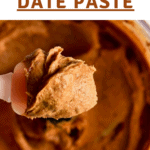
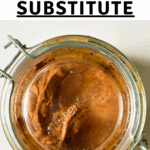
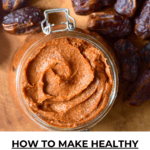
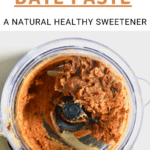
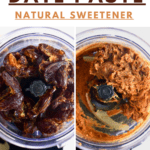
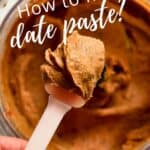
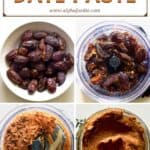
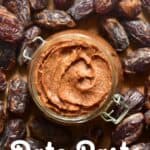
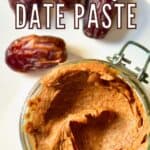
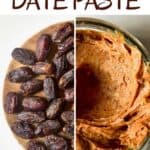
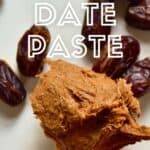
How to make date paste with just ONE ingredient – a simple, healthy unrefined sugar substitute (Paleo, Vegan, Gluten-free, Whole30) perfect for naturally sweetening tons of recipes! Find how to make, store, and use this simple date puree below!
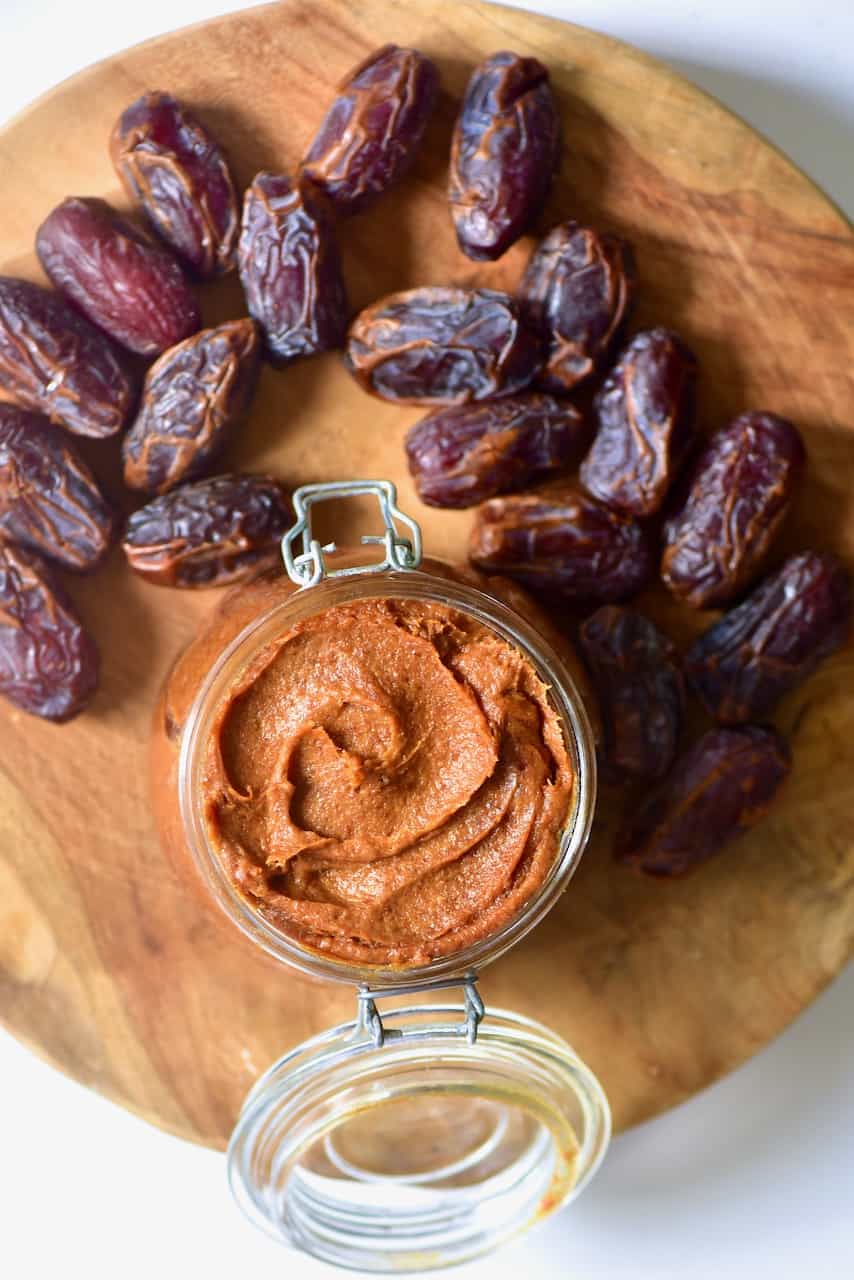
While I'm definitely not anti-sugar, I've been trying to swap out refined sugars for unrefined or naturally sweetened options whenever possible over the last couple of years. This includes making homemade sugar syrup and powdered sugar with unrefined sugars, homemade unrefined cane sugar (and jaggery), date syrup, and this date paste recipe (aka date puree)!
Using dates is one of my favorite ways to naturally sweeten recipes like smoothies and use within no-bake goodies (like these no-bake brownies). However, when adding directly to a recipe, I've found that it's harder to thoroughly blend them into a smooth puree (and end up trying to suck up chunky bits of date through your straw and failing…). More so, when using dates for baking, it means lugging out your blender/processor every time. However, with just one ingredient (two maximum), you can learn how to make date paste at home and store it, ready to use whenever needed.
The date puree can then be used in various ways for sugar-free baking and lots of other recipes. In fact, within this post, I'll take you through how to make date paste, how to store it, use it, date paste recipes, and even more (plus a handy FAQs section!)
What is Date Paste?
This is quite simply exactly what it sounds like: a paste made from dates in a high-speed blender or food processor. The resulting puree is wonderfully smooth and ready to use as a refined sugar alternative/natural sweetener (and avoid lumps of improperly blended dates in your recipes!)
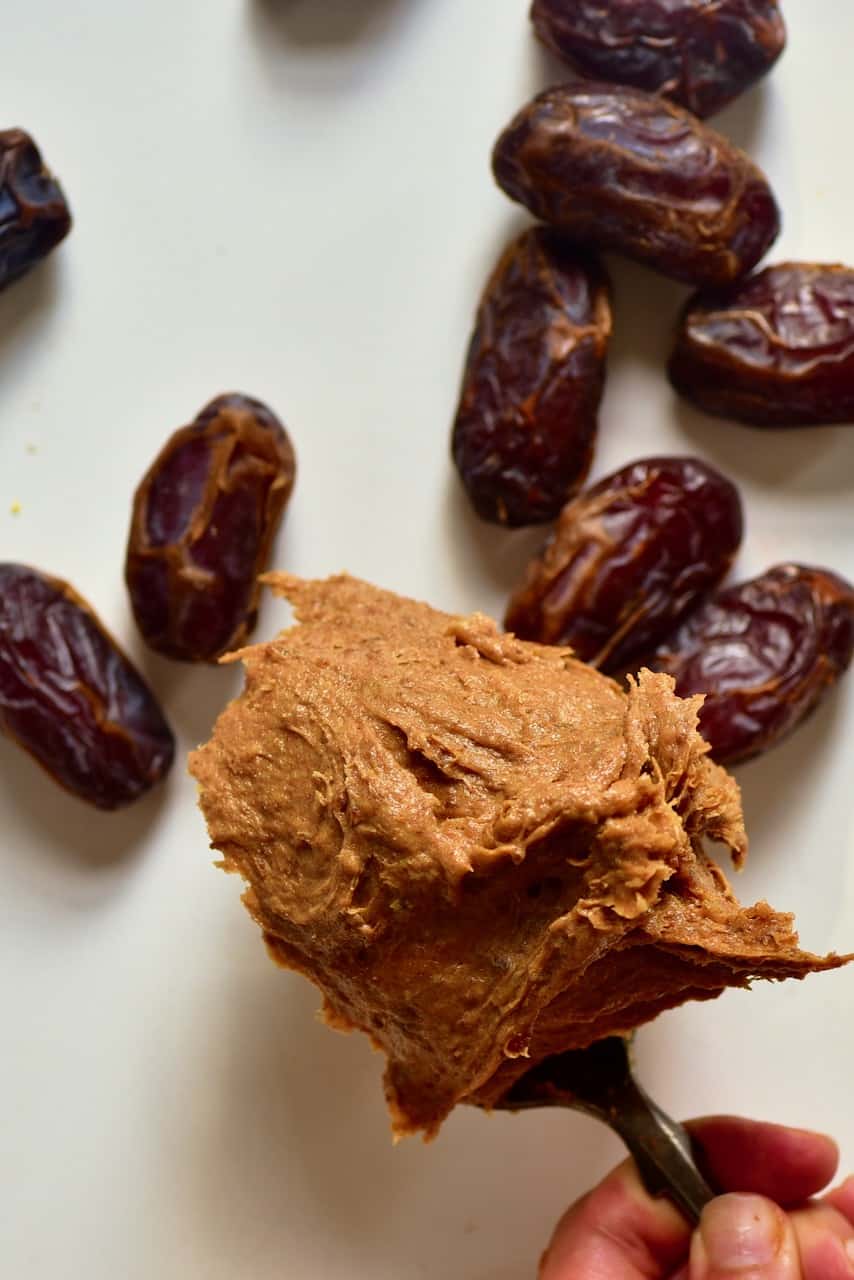
While still technically a "sugar," the puree is a popular unrefined sweetener thanks to its impressive combination of vitamins, minerals, antioxidants, and fiber that aren't found in refined sugars. These include potassium, copper, calcium, iron, magnesium, B6, etc. The combined nutrients help to provide several health benefits.
The Health Benefits
- The impressive amount of antioxidants help to protect our cells from harmful free radicals and stave off cancer, diabetes, heart disease, and more (particularly inflammatory-related health issues).
- They may also improve bone health, thanks to the various minerals (calcium, potassium, magnesium, etc.).
- They are a plant-based source of iron – though not in massive amounts, this is great for anyone enjoying a meat-free diet!
- Thanks to the fiber, dates are not only great for gut health (and bowel health), but they may also help to lower cholesterol levels.
- When eaten in moderation, dates make for a great natural sweet treat for diabetics due to being fairly low GI, with high fiber and antioxidants. In addition, the fiber helps your body absorb carbs at a slower rate – thus, research suggests they won't cause any kind of significant glucose spikes, either (when eaten in moderation!).
What is date paste GI? This varies depending on the variety of date. However, the most common types of dates (with a serving size of 50g/1.8oz) are somewhere between 44-53 (low GI). There is also the GL to consider (glycemic load), though I personally don't know enough about that to make an informed statement on that (though I'm aware that dates are in the "upper moderate" level.
Best of all, it's incredibly easy to make this DIY date paste with just one ingredient (two at most) and a high-speed food processor/blender!
What You'll Need?
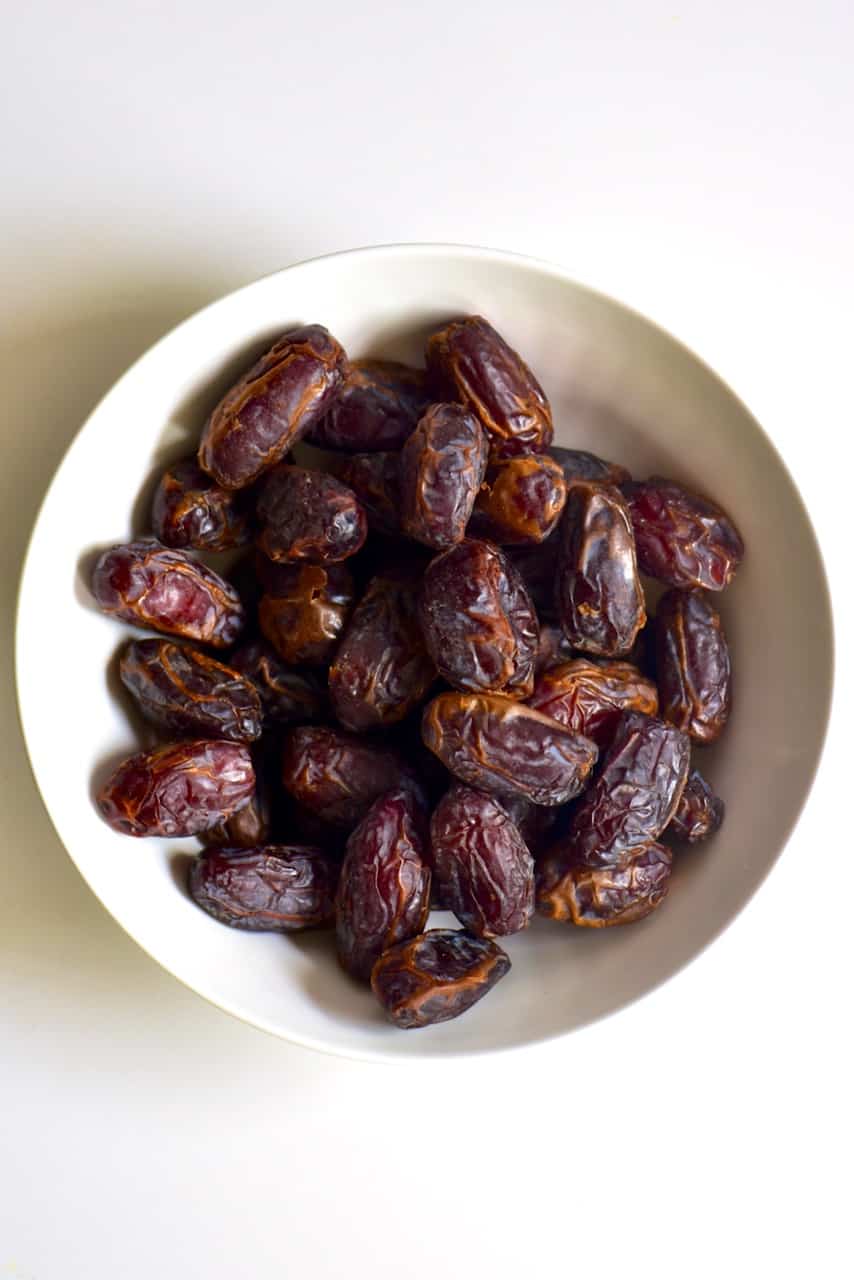
- Dates: I recommend using Medjool dates for the best results. They're large, soft, sweet, and super delicious. However, you can experiment with other types, though you'll be more likely to have to soak them first (as other varieties are usually drier), and the taste will vary.
The number of dates needed will differ based on the variety you use. I used:
26x Medjool dates at around 19-20g each (540g/19oz with pits, 505g/17.8oz without – approximately 2 3/4 cup, tightly packed) to make 1 ½ cups of DIY date paste.
So you need around 170g/6oz (around 1 heaped cup) pitted dates per ½ cup of date paste. Make sure to use enough to comfortably cover the blades of your blender plus more for it to work properly.
- High-speed blender or Food processor: this is critical to make the paste/puree without any additional liquid (for the longest shelf life).
If you don't have a high-speed blender, you'll also need.
- Hot water: if you're using particularly dry dates or have a mid-powered blender, you may not be able to make the date paste easily. In that case, you'll need some hot water for soaking/adding to the machine while blending (read below for process). I recommend using around ¼ cup water put cup (tightly packed) dates when using a "regular" blender/food processor.
How to Make Date Paste?
Step 1: Prepare the dates
If you're using whole Medjool dates, you'll first need to remove the stones (pits) for the center of each date. To do so, I just pull the date in half by hand and release the pits. Alternatively, you can slice them with a knife lengthwise before popping out the pits.
Waste reduction tip: There's no need to throw away the date pits. Instead, you can use them to make date seed coffee or for any of these date seed uses. You could also add them to your compost, plant them, or grind them down into a body scrub!
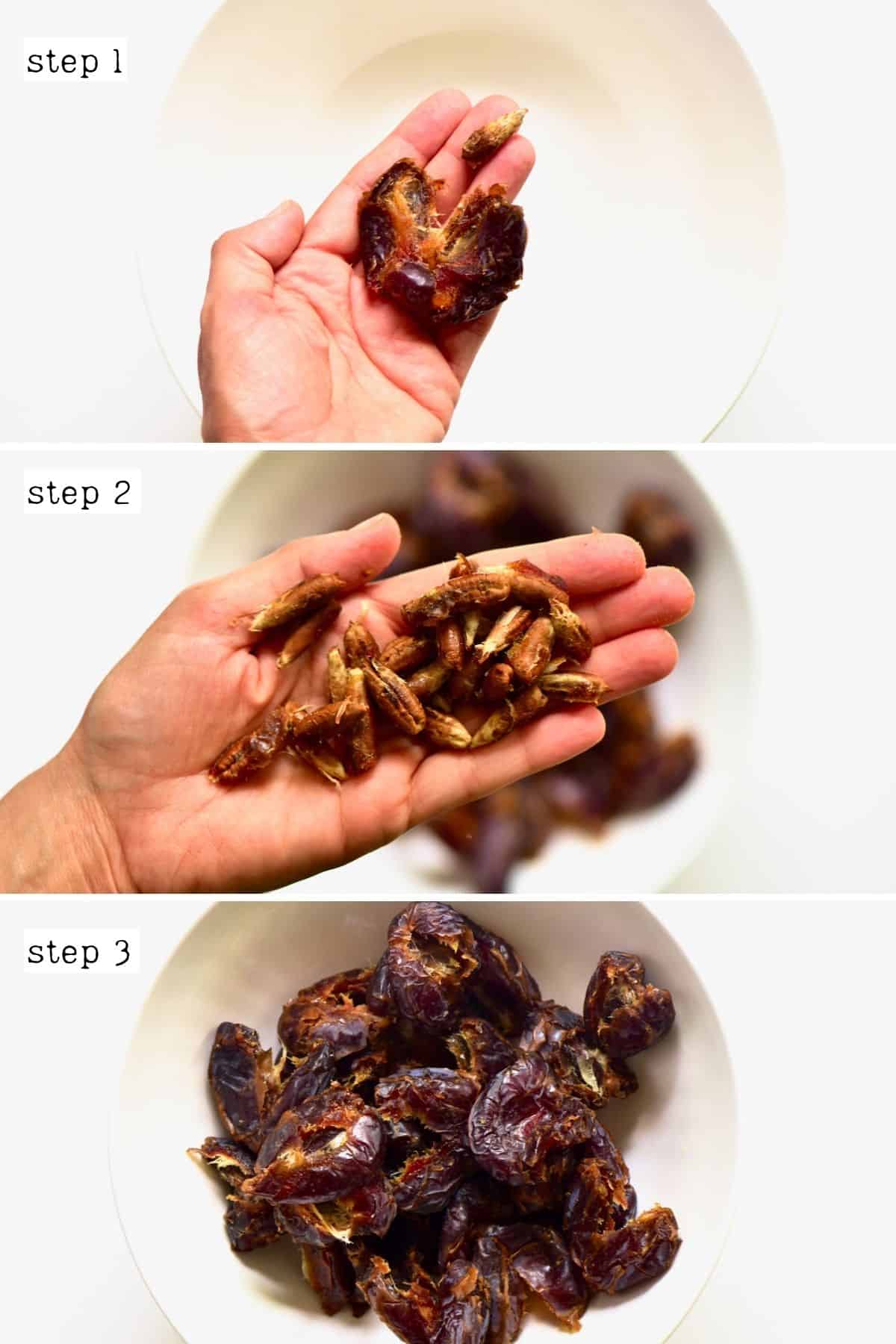
If your dates are particularly dry or you aren't using a high-speed blender for the next step, I first recommend soaking the dates to soften them.
To soak the dates: De-seed the dates and place them in a large bowl covered with HOT (or boiling) water and soak for 30 minutes. This will help plump them up and soften them (thus making it easier to blend the dates). Make sure to reserve the soaking water in case any of it is needed to thin the puree when blending.
Step 2: Blend the dates into date paste
Transfer all the pitted dates to your high-speed blender or food processor and process until smooth and paste-like. As the dates are very sticky and don't have a massive water content, this will take some time to achieve the correct consistency, so I recommend giving your machine breaks every 2-3 minutes to avoid overheating.
If you're really struggling to blend it into a paste, then add some hot water to your machine, one tablespoon at a time.
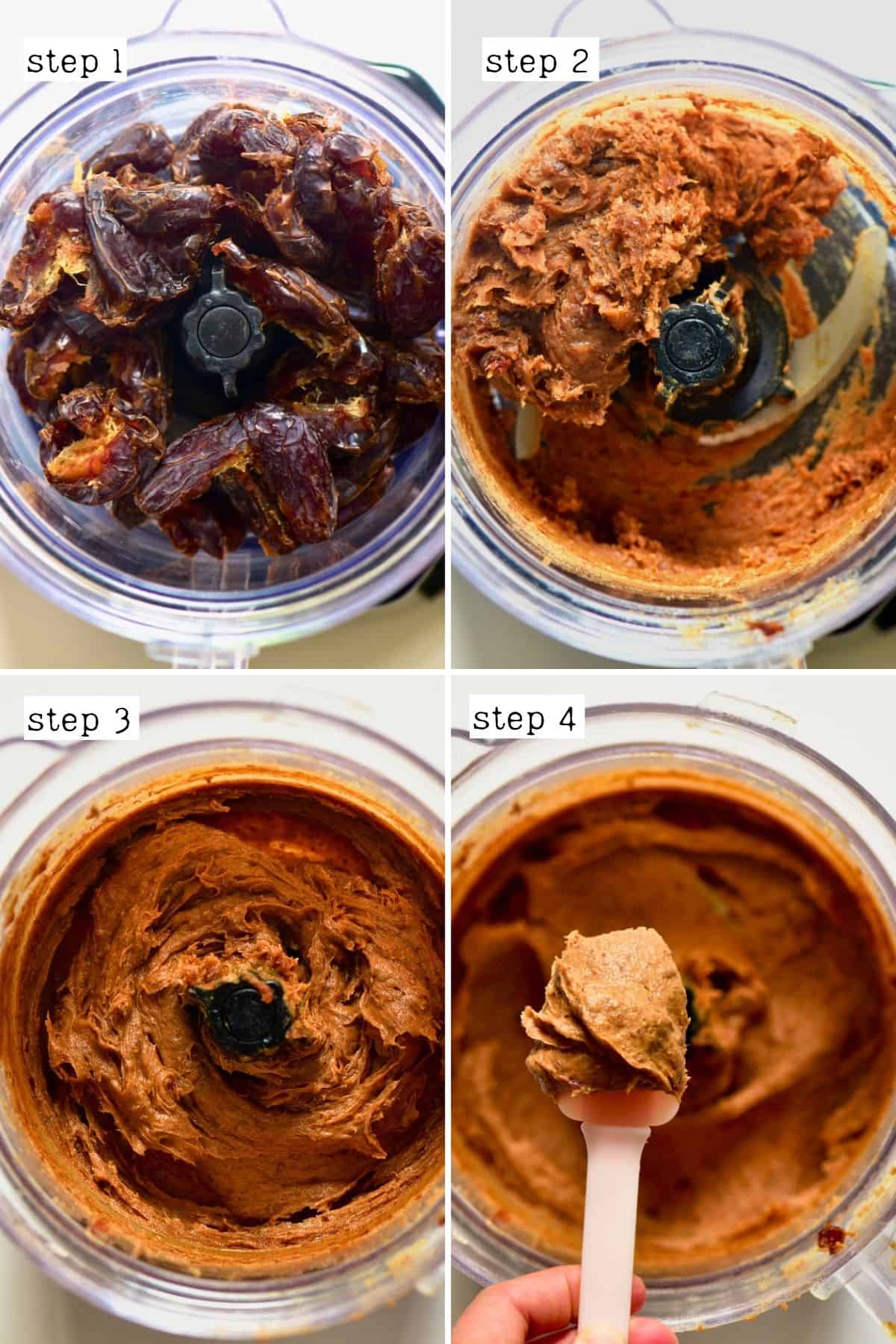
The date puree is ready when you achieve a smooth homogenous, lump-free mixture.
How to Store Date Paste
Make ahead: you can leave the dates to soak for up to two days (in the fridge) before blending.
Store: store the date paste in a clean airtight container (I store mine in a glass jar) in the fridge. For date paste without water, it should last between 3-4 months. With water, I probably wouldn't use it past one month, though I haven't tried as I nearly always make mine without water.
Freeze: this date paste is also incredibly freezer-friendly and can freeze for 6 months with water or 12+ months without. I recommend portioning it into tablespoon portions in an ice-cube tray. It doesn't fully freeze either, so it's still 'scoopable' directly from the freezer.
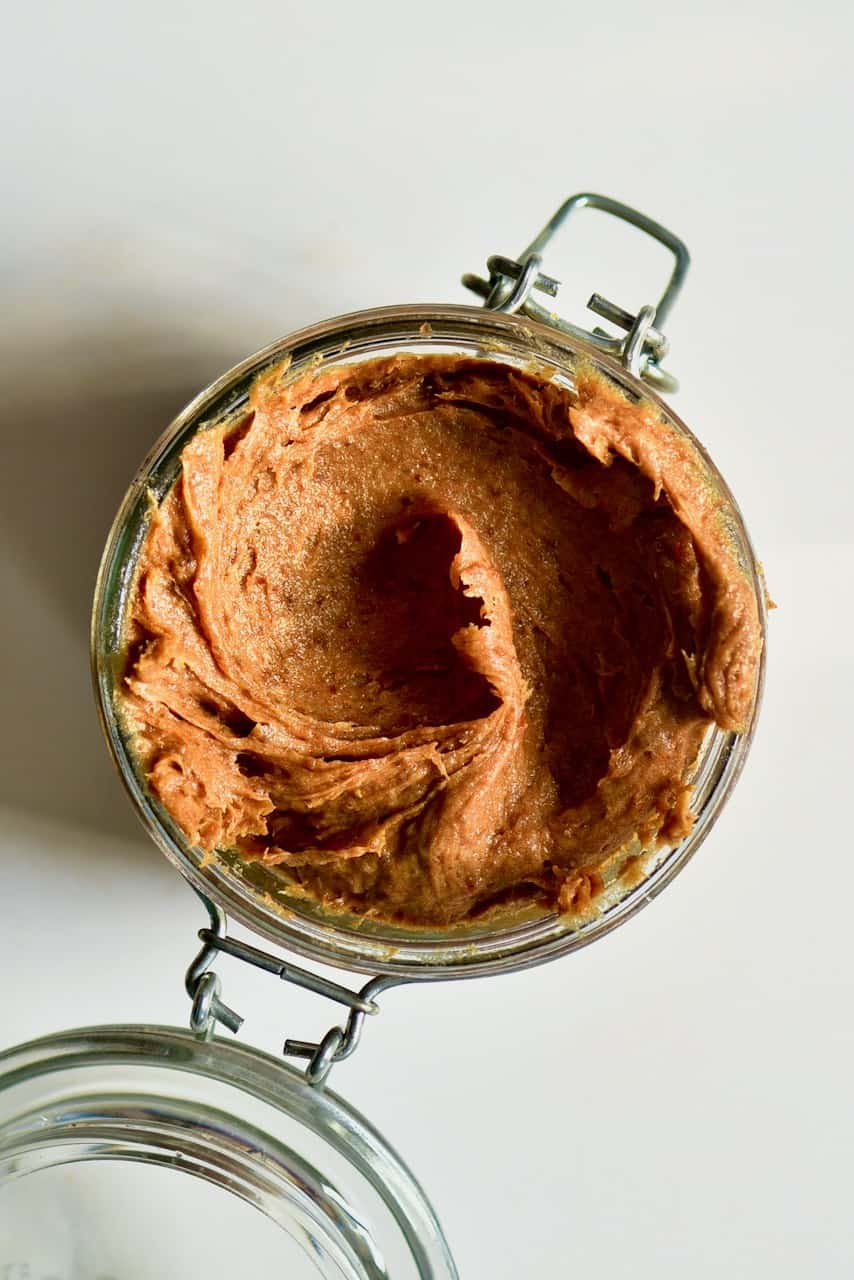
How to use It
If you have a sweet tooth, then you'll never run out of homemade date paste uses. Some of my favorite options include:
- Use a spoonful to naturally sweeten hot drinks like coffee, tea, golden milk, and hot cocoa.
- You can also use it to sweeten your morning smoothie.
- Stir a little into your oatmeal or overnight oats.
- Create a healthy yogurt bowl/parfait with the yogurt of your choice (dairy or non-dairy), granola, and fruit.
- Use as a spread for toast, bagels, simit, croissants, and more. Read the recipe notes for my favorite "date spread" recipe ingredients.
- Use it within dressings and marinades.
- Naturally sweeten nice-cream.
- Use date paste as a pastry filling. For example, combine with cinnamon and use to make healthier cinnamon rolls. OR as a filling for ma'amoul or kleicha cookies
- Use in energy balls (like these turmeric energy balls or almond cacao bites) and other no-bake snacks.
- Use date paste within sticky date pudding.
- Add nut butter (I like to use peanut butter) and a pinch of sea salt to make healthy vegan 'salted caramel' alternative.
- And, as previously mentioned, this homemade date paste can be used for a whole variety of baked goods, including cookies, cupcakes, muffins, cakes (like this healthy banana bread), brownies (like these fudgy no-bake brownies), etc.
Keep reading below for how to substitute it within recipes!
Date Paste Recipes
I also have a variety of recipes on this blog post where I had previously used dates to blend into a paste – which can easily just be swapped with the date puree now, i.e.
- Vegan no-bake chocolate caramel cake (Mars bar cake)
- Salted Caramel & Raspberry Vegan Magnum Ice Creams
- Healthy brownie batter dip (hazelnut date cacao dip)
- Healthy Salted Caramel Overnight Oats
- Vegan Chocolate Smoothie Bowl Recipe
- Healthier Homemade snickers Bars (Vegan)
- Healthy Vegan Twix Bars
I also use dates to blend into my tart bases and work as the "binding" agent. So these can also easily be swapped out with the ready-made paste instead.
- Vegan Earl Grey Blueberry Tart
- Vegan Pistachio, Strawberry & Rose Tart
- GF Vegan no-bake pumpkin pie
- As well as Vegan Chocolate Cherry Black Forest Tart
How to Use It as a Sugar Substitute
When you're not too busy spreading it over bagels and dunking it in smoothies, this puree makes for an impressive refined sugar substitute within baked goods, but how?
How do you substitute date paste for sugar?
Substituting the puree for sugar isn't an exact science. As a rule of thumb, I recommend using 1:1 ratio of date paste instead of refined sugars.
i.e., one cup of date paste instead of one cup of sugar.
How do you substitute date paste for maple syrup/honey?
When replacing liquid sweeteners like honey/syrup, I tend to use slightly more date puree.
i.e., 2/3 cup paste for 1/2 cup liquid sweetener, for instance.
Though, I often use a 2:1 ratio of date paste to maple syrup (i.e., 1-cup date paste for ½-cup maple syrup ) for the best flavor and texture.
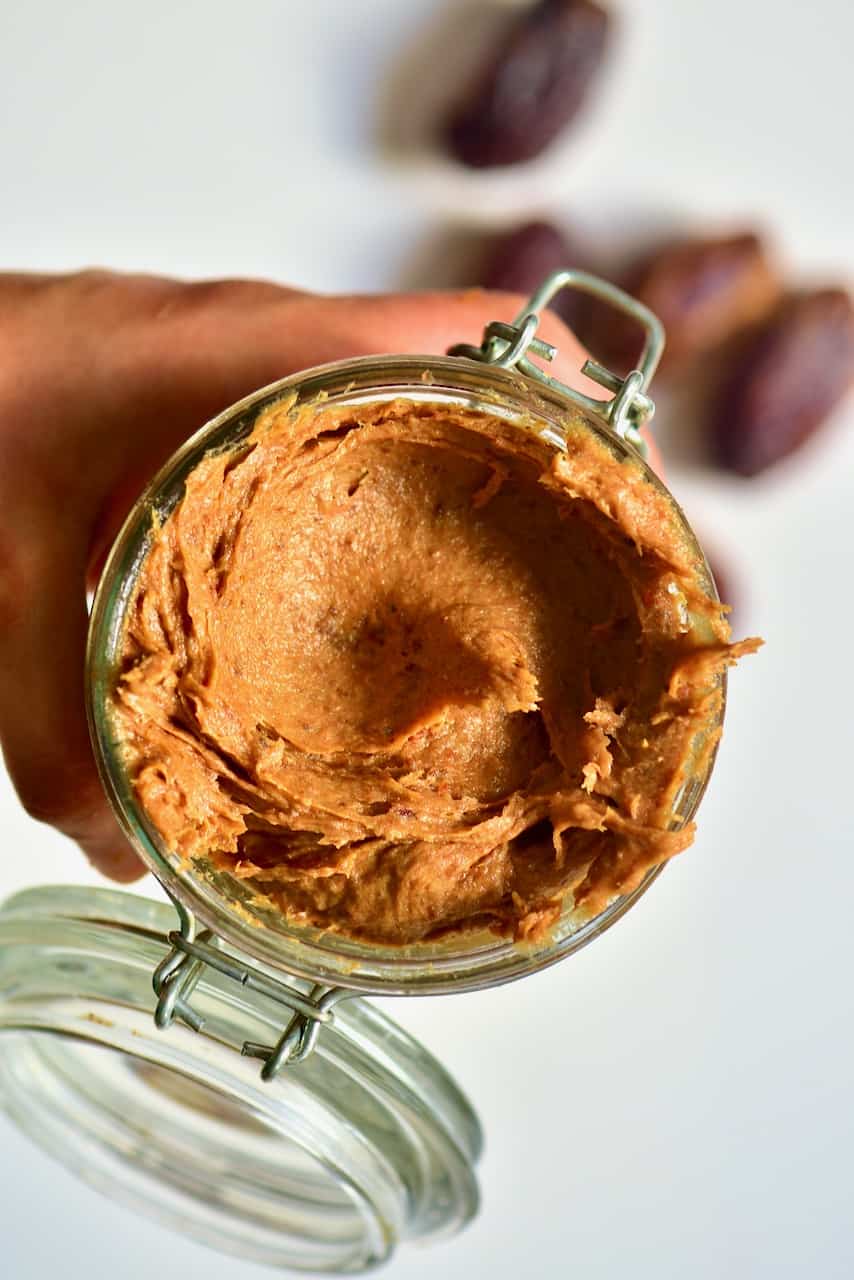
Top Tips For Using Date Paste
Just remember that, depending on how much water you added to the paste, this will be added to your recipe. So you may need to make some adjustments.
For example, when baking with date paste, it can affect the texture, making baked items a little softer and not as sweet – as dates have a slightly caramel-like malty flavor. So just be aware of this when you begin to use it.
When using the date puree in place of a liquid sweetener, the baked good MAY end up slightly dry (and, in the case of cookies, it often leads to "cakier" results rather than chewy cookies). To combat dryness, you could experiment with adding extra moisture into the recipe. You could do this with oil, applesauce, mashed banana, shredded zucchini, yogurt, pumpkin, etc.
Top Tip: Following several experiments, I've found that it's best to use a 2:1 ratio of date puree to liquid when baking with it, to make up for the moisture lost through not using other sugars. (i.e., for every ½ cup of paste you add to a recipe, add ¼ cup liquid in any form).
However, this can vary based on several factors (flour used, fats in the recipe, etc.). So, experiment and take notes of what works best for you!
It's also worth noting that, while dates contain healthier sugars, they are still high in calories. If this is something you keep an eye on, be aware not to get too heavy-handed with the date paste.
FAQs
How to make the paste without a food processor?
While this is possible, it definitely won't be as smooth and will take a bit of arm power. There are two ways to make date paste without a food processor.
1. First, soak the dates in hot water overnight. Then add the dates to a bowl and use a fork to mash until you have a smooth(-ish) consistency.
2. Soak the dates overnight, then use a mortar and pestle to "grind" the dates into a paste.
For both, add a little of the soaking water if needed to help you achieve the correct consistency. It can also help to microwave it in 40-second increments between mashing to make the process easier (and quicker!).
How long does date paste last?
This will depend on whether you've added water to it. For the one-ingredient, water-free version, you can store it for up to 3-4 months in the refrigerator and 12+ months in the freezer. When adding water, I aim to eat it within one month (or around 6 months in the freezer).
Is date paste healthier than honey/maple syrup?
In terms of nutrients, yes. Date paste contains tons more antioxidants and more than double the amount of several vitamins and minerals. However, more importantly, it contains dietary fiber – which impacts the speed that the sugars are absorbed into our bodies – thus a lower GI option (at 44-53 depending on the date) than both honey (GI 58) and maple syrup (GI 54).
What is the difference between date paste and date syrup?
Date paste is made simply by blending dates into a paste. In comparison, date syrup simmers dates in water for a long time to extract all the sweetness and flavor from the dates and then strains the dates from the liquid and continues to reduce the liquid into a sticky, sweet syrup (so the actual date pulp and fiber aren't included at all). Check my recipe here.
What is the whole date to date paste ratio?
I talk about this a bit in the ingredients section. This will vary based on the date variety you use. However, for Medjool dates, I found that:
170g/6oz/9 dates or 1 heaped cup of the pitted dates = ½ cup of date paste.
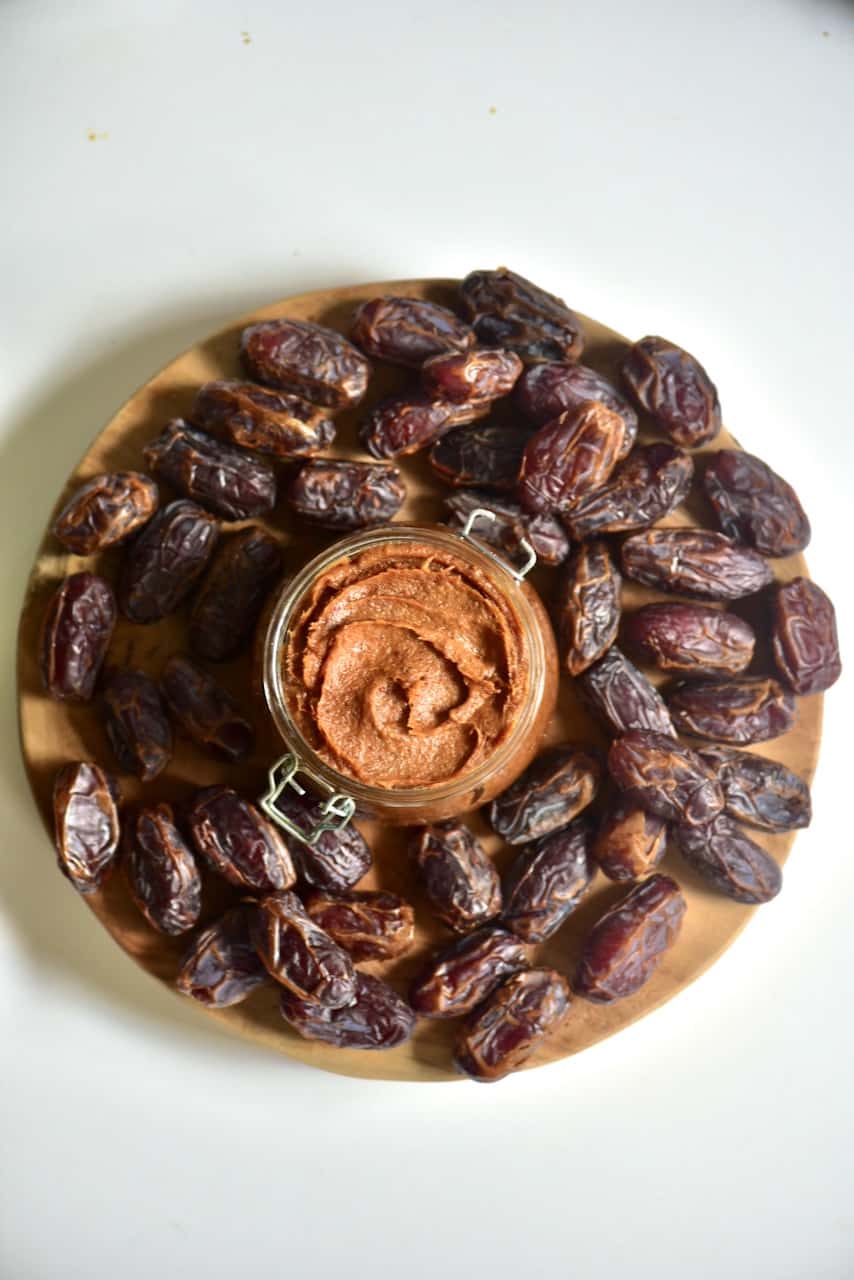
Recipe Notes and Top Tips
- Make sure to use enough dates: you NEED enough dates in your machine to cover the blades comfortably for them to be able to process the dates. If you accidentally add too little, you can add some liquid. However, this will impact the shelf life and how it's used in recipes (since it will add more moisture to baked recipes).
- Try to avoid adding liquid: all the images on this page show homemade date paste made using NO liquid at all. That way, the shelf life will be longer, and it won't be adding moisture to your baked recipes. However, if you find you need some liquid, I still recommend minimizing it as much as possible. After all, the thinner the date puree, the less sweet it will be.
- To make a date spread recipe: I recommend adding a pinch of salt and some vanilla extract with either water or dairy-free milk to thin it to a spreadable consistency.
- Choose a good variety of date: since date paste is just blended dates, make sure you like the flavor of the dates you'll be using before trying the recipe. That's why I love to use Medjool dates, as they're wonderfully sweet and flavorful.
- How to make powdered sugar (with refined and unrefined sugars!)
- Homemade unrefined cane sugar & jaggery
- How to make simple syrup
- Easy Vegan Dandelion Honey (Dandelion Syrup)
- Zero Waste Ginger Syrup (+ Ginger Pulp Crackers)
- Homemade chocolate syrup
- Homemade strawberry syrup
- Turmeric honey (golden) paste
If you try this homemade date paste recipe, I'd love to hear your thoughts/questions below. Also, I'd appreciate a recipe card rating below, and feel free to tag me in your recipe recreations on Instagram @Alphafoodie !
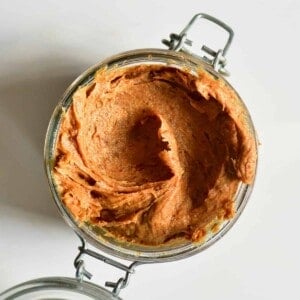
- 17.8 oz dates I used Medjool dates, pitted (about 26 dates)
This amount will yield ~ 1.5 cups of date paste (17.8 oz/500 g).
Around 9 dates or 6 oz/170 g (~ 1 heaped cup) of pitted dates yields ½ cup of date paste.
- hot water optional – if your dates are particularly dry or you're using a mid-powered blender (read the recipe notes section for more info)
-
Blender/Food processor
Step 1: Prepare the dates
-
If you're using whole dates, you'll first need to remove the stones (pits) for the center of each date. To do so, I just pull the date in half by hand and release the pits. Alternatively, you can slice them with a knife lengthwise before popping out the pits.
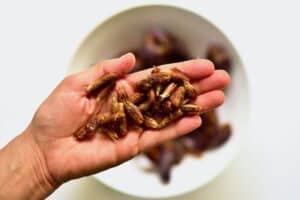
-
If your dates are particularly dry or you aren't using a high-speed blender for the next step, I first recommend soaking the dates to soften them.
To soak the dates: de-seed the dates and place them in a large bowl covered with HOT (or boiling) water and soak for 30 minutes. This will help plump them up and soften them (thus making it easier to blend the dates). Make sure to reserve the soaking water in case any of it is needed to thin the date paste when blending.
Step 2: Blend the dates into date paste
-
Transfer all the pitted dates to your high-speed blender or food processor and process until smooth and paste-like. As the dates are very sticky and don't have a massive water content, this will take some time to achieve the correct consistency, so I recommend giving your machine breaks every 2-3 minutes to avoid overheating.
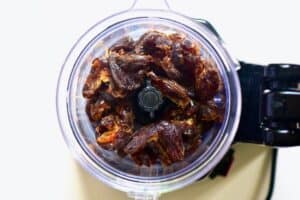
-
If you're really struggling to blend it into a paste, then add some hot water to your machine, one tablespoon at a time.
The date puree is ready when you achieve a smooth homogenous, lump-free mixture.
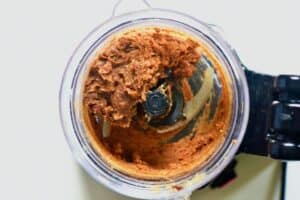
How to Store Date Paste
-
Make ahead: you can leave the dates to soak for up to two days (in the fridge) before blending.
Store: store the date paste in a clean airtight container (I store mine in a glass jar) in the fridge. For date paste without water, it should last between 3-4 months. With water, I probably wouldn't use it past one month, though I haven't tried as I nearly always make mine without water.
Freeze: this date paste is also incredibly freezer-friendly and can freeze for 6 months with water or 12+ months without. I recommend portioning it into tablespoon portions in an ice-cube tray. It doesn't fully freeze either, so it's still "scoopable" directly from the freezer.
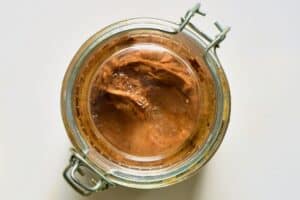
- When to use Hot water: if you're using particularly dry dates or have a mid-powered blender, you may not be able to make the date paste with just dates. In that case, you'll need some hot water for soaking/adding to the machine while blending (read below for process). I recommend using around ¼ cup water put cup (tightly packed) dates when using a "regular" blender/food processor.
- Make sure to use enough dates: you NEED enough dates in your machine to cover the blades comfortably for them to be able to process the dates. If you accidentally add too little, you can add some liquid. However, remember that this will impact the shelf life and how it is used in recipes (since it will also add more moisture to baked recipes).
- Try to avoid adding liquid: all the images on this page show homemade date paste made using NO liquid at all. That way, the shelf life will be longer, and it won't be adding moisture to your baked recipes. However, if you find you need some liquid, I still recommend minimizing it as much as possible. After all, the thinner the date puree, the less sweet it will be.
- To make a date spread recipe: I recommend adding a pinch of salt and some vanilla extract with either water or dairy-free milk to thin it to a spreadable consistency.
- Choose a good variety of date: since date paste is just blended dates, make sure you like the flavor of the dates you'll be using before trying the recipe. That's why I love to use Medjool dates, as they're wonderfully sweet and flavorful.
Check the blog post for lots of serving suggestions and answers to top FAQs!
Serving: 1 tablespoon | Calories: 59 kcal | Carbohydrates: 16 g | Protein: 1 g | Fat: 1 g | Saturated Fat: 1 g | Polyunsaturated Fat: 1 g | Monounsaturated Fat: 1 g | Sodium: 1 mg | Potassium: 138 mg | Fiber: 2 g | Sugar: 13 g | Vitamin A: 2 IU | Vitamin C: 1 mg | Calcium: 8 mg | Iron: 1 mg
Source: https://www.alphafoodie.com/how-to-make-date-paste/
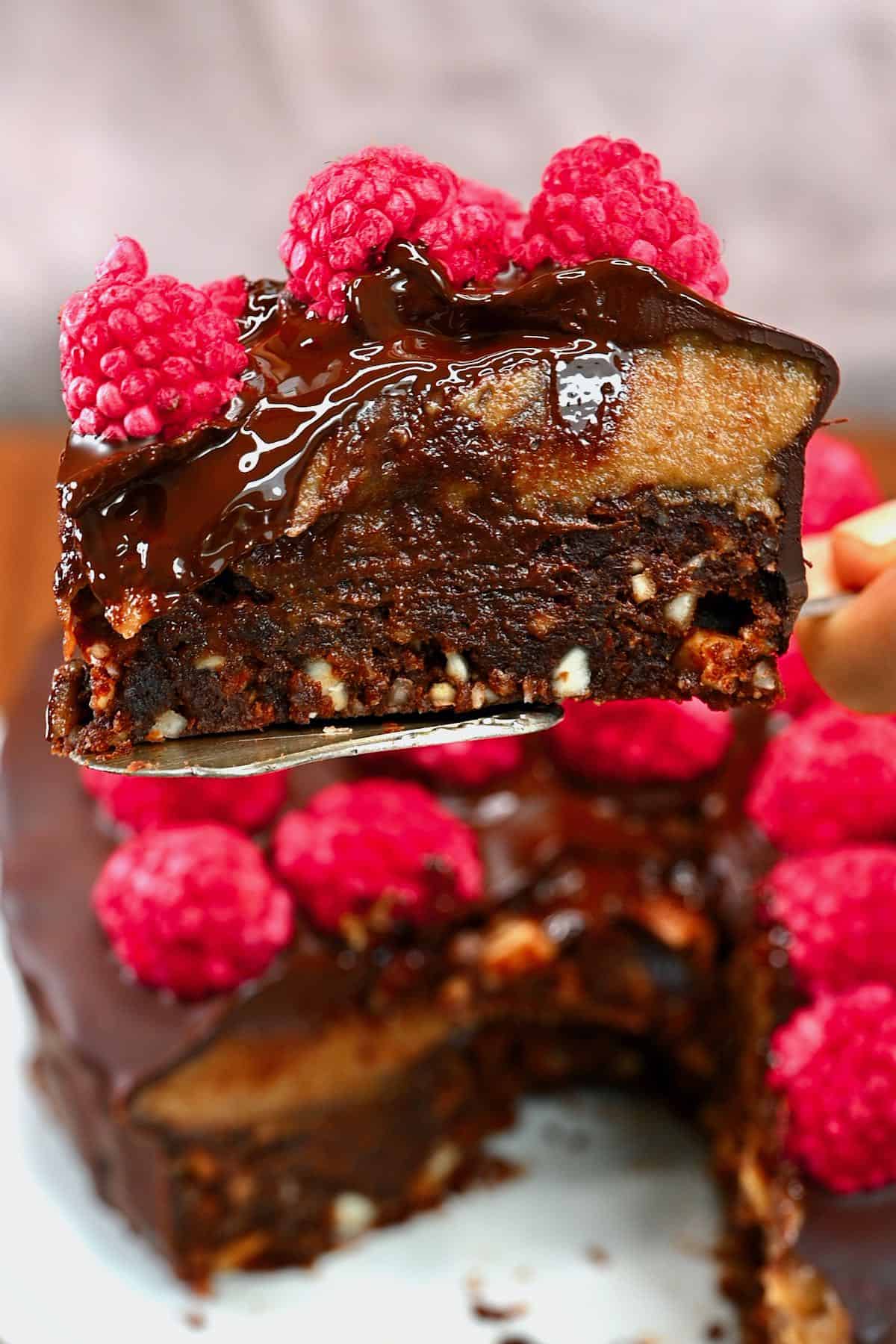
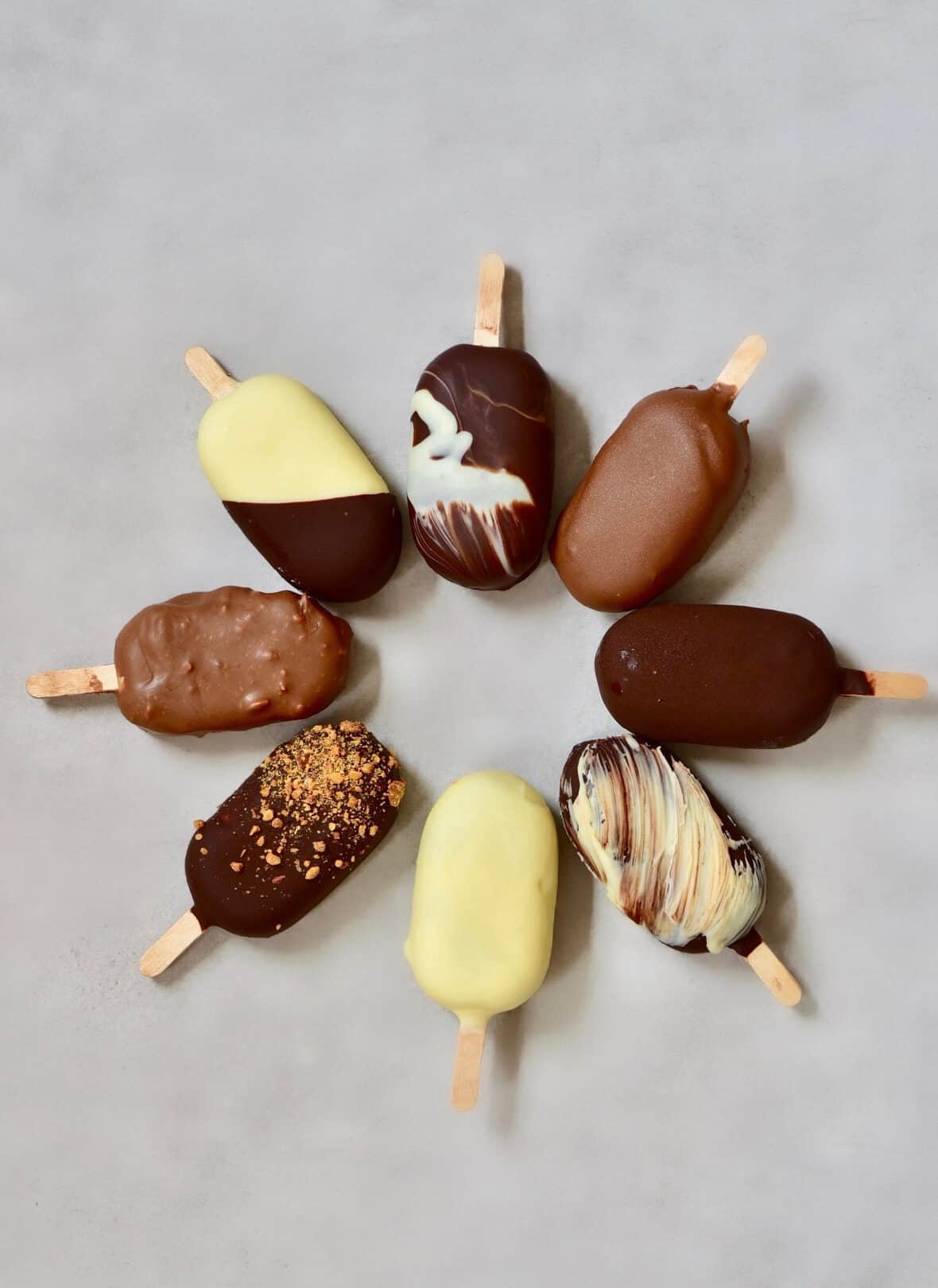
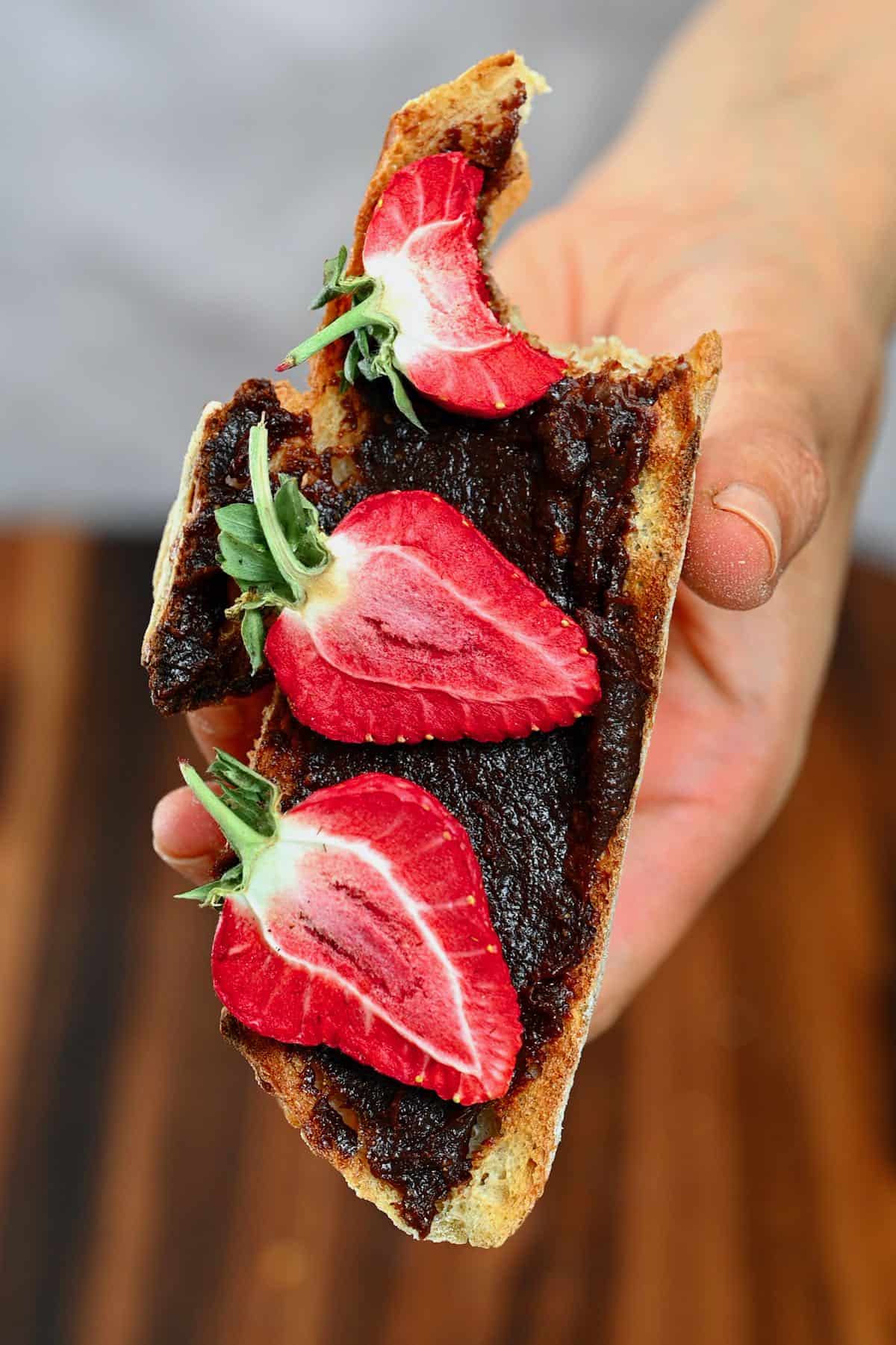
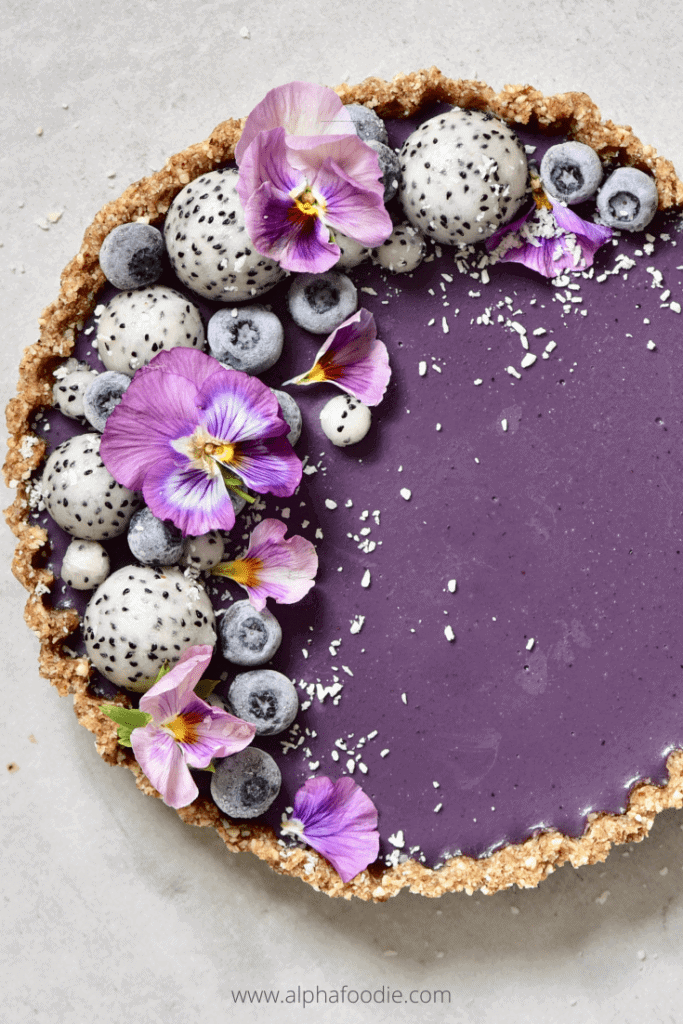
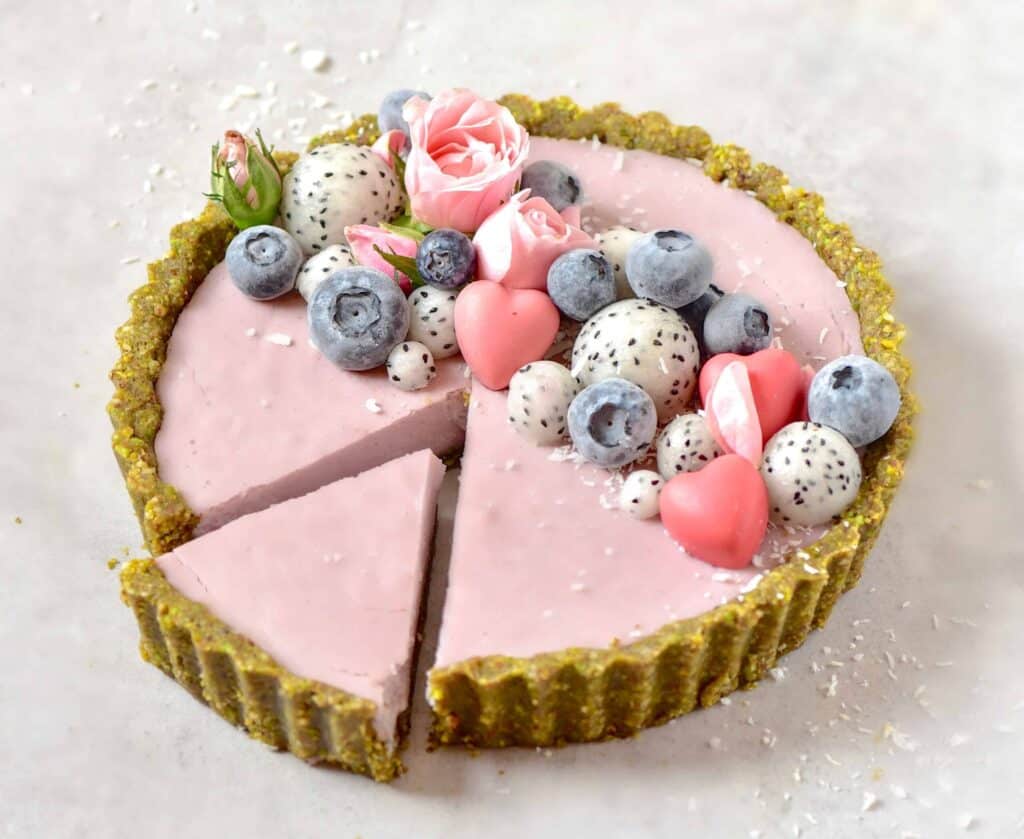
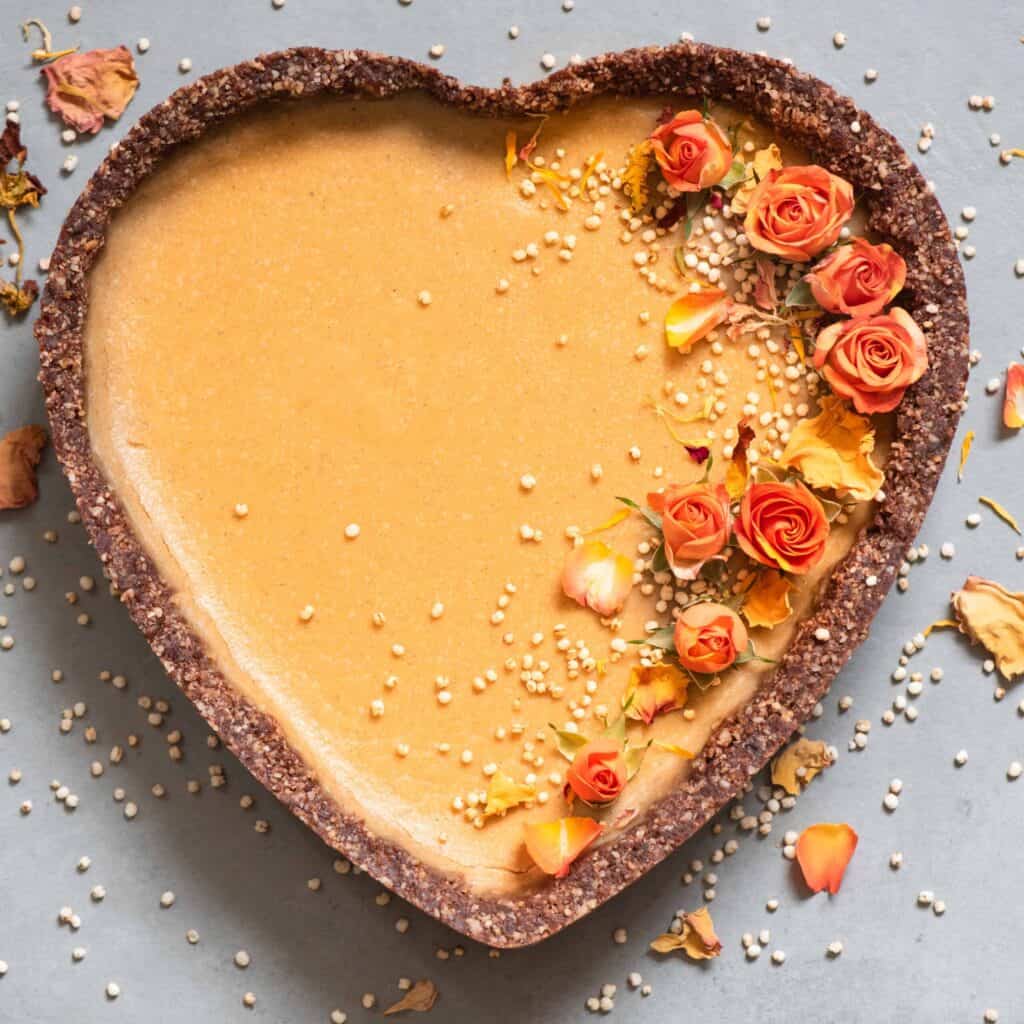
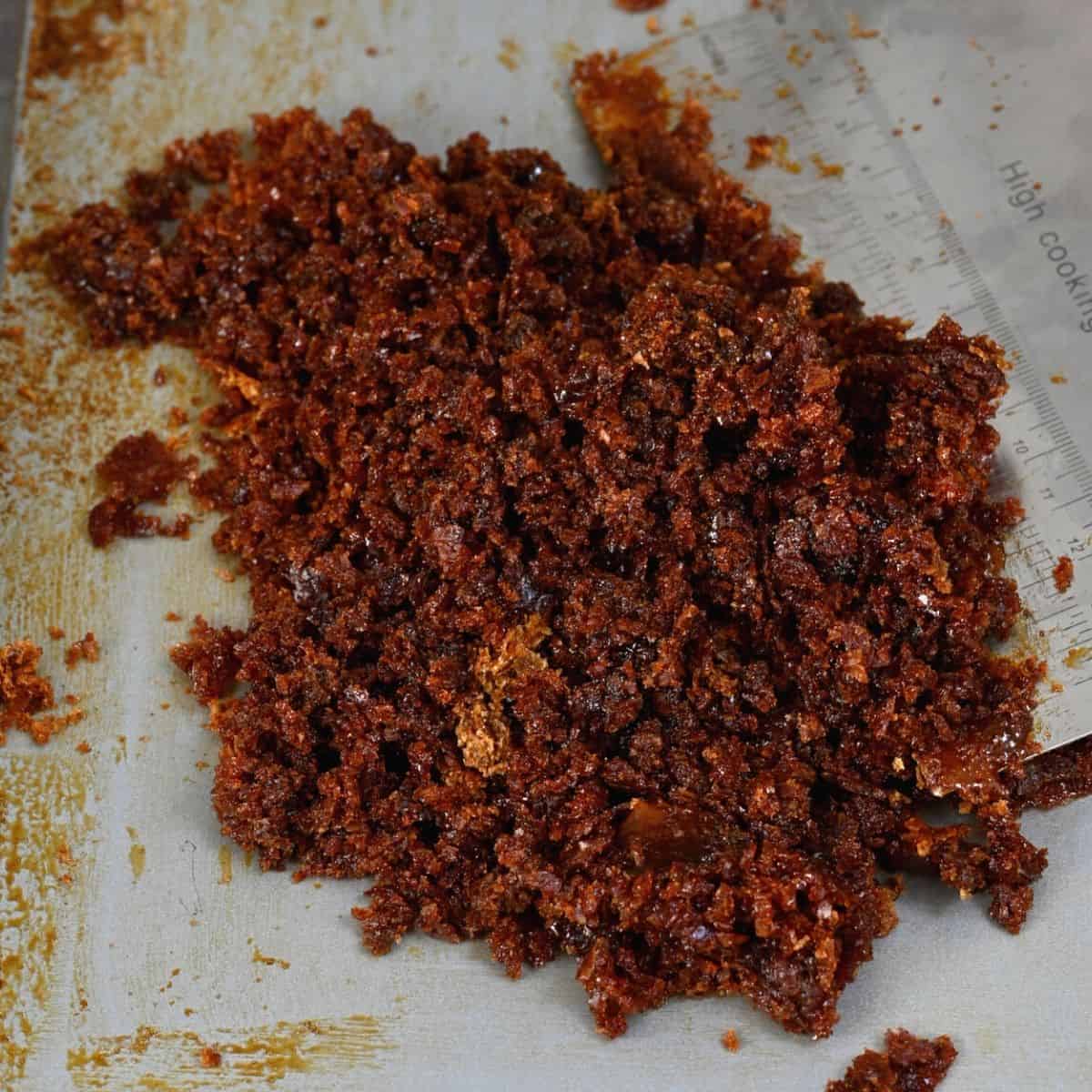
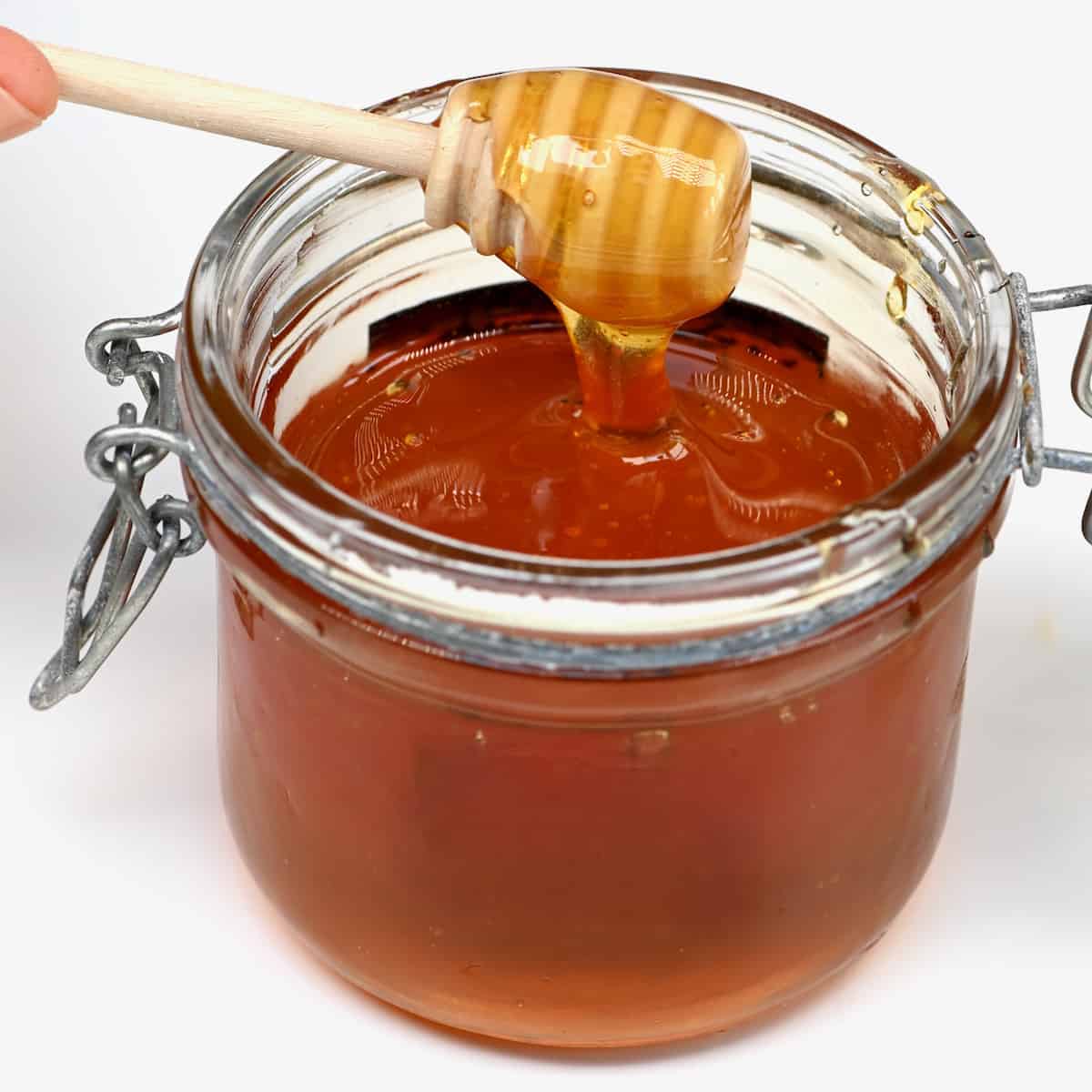
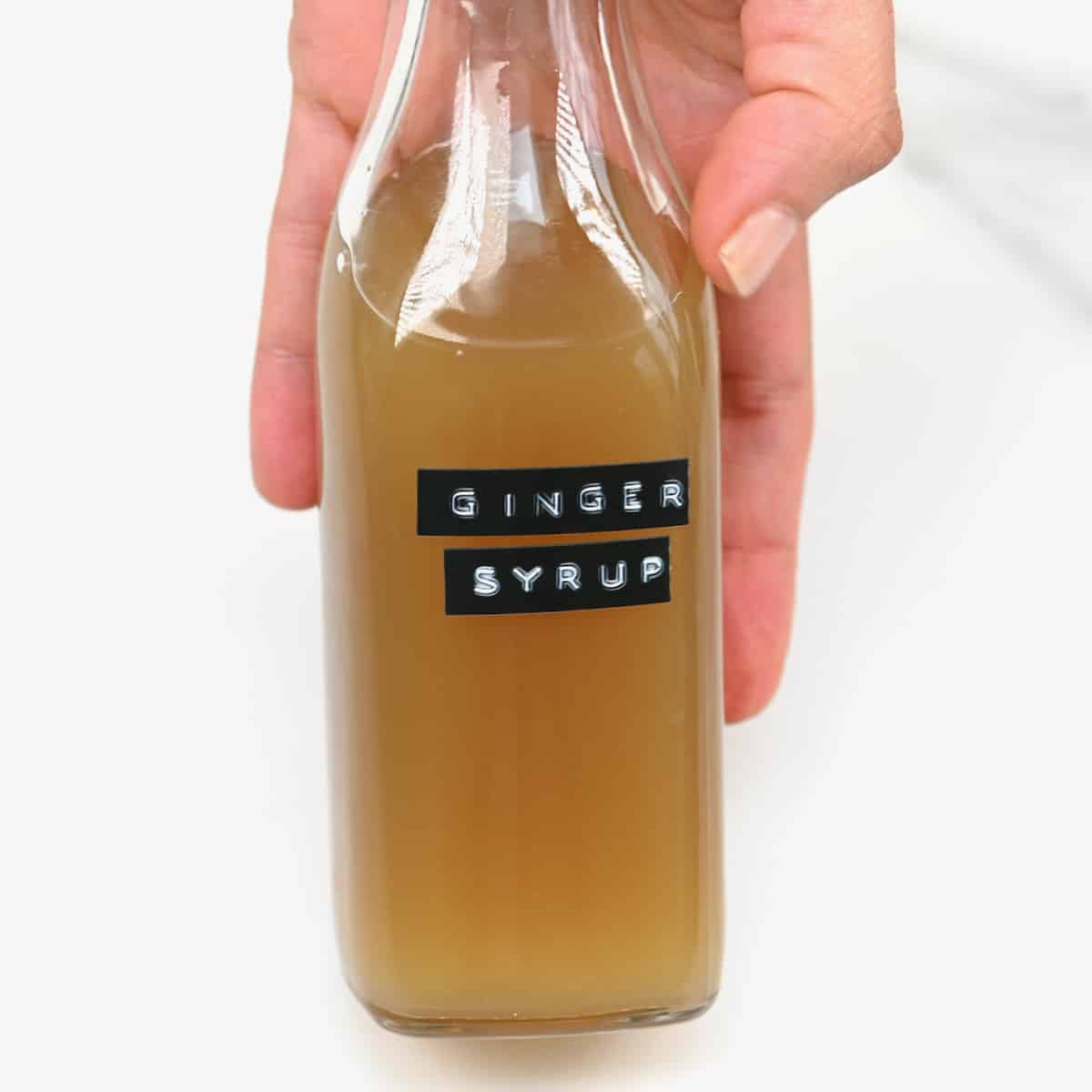
0 Response to "Easy Way to Remove Pits From Dates"
Post a Comment